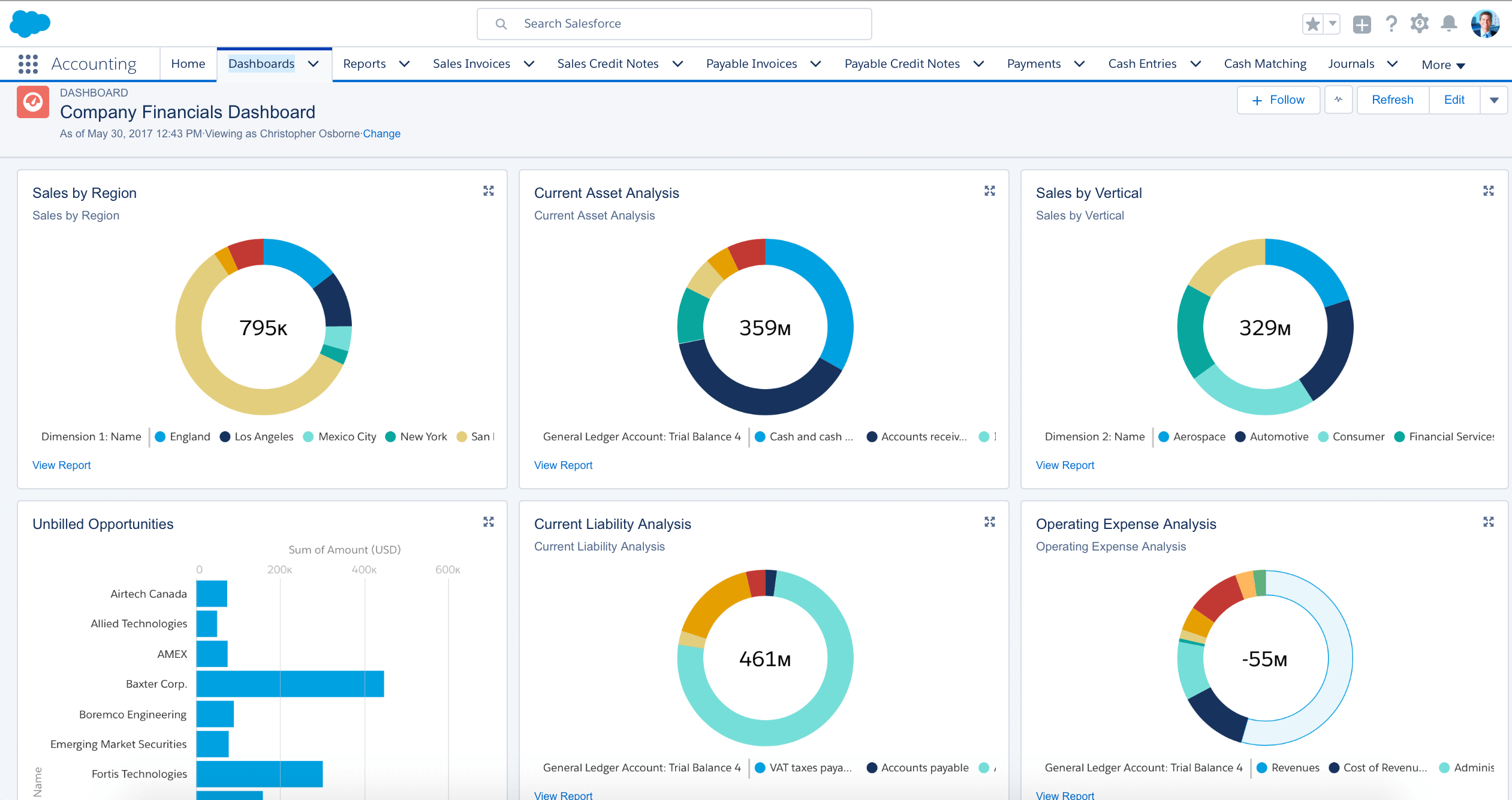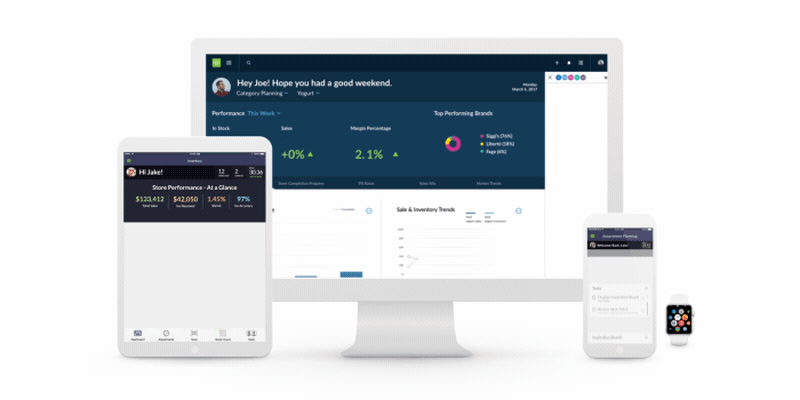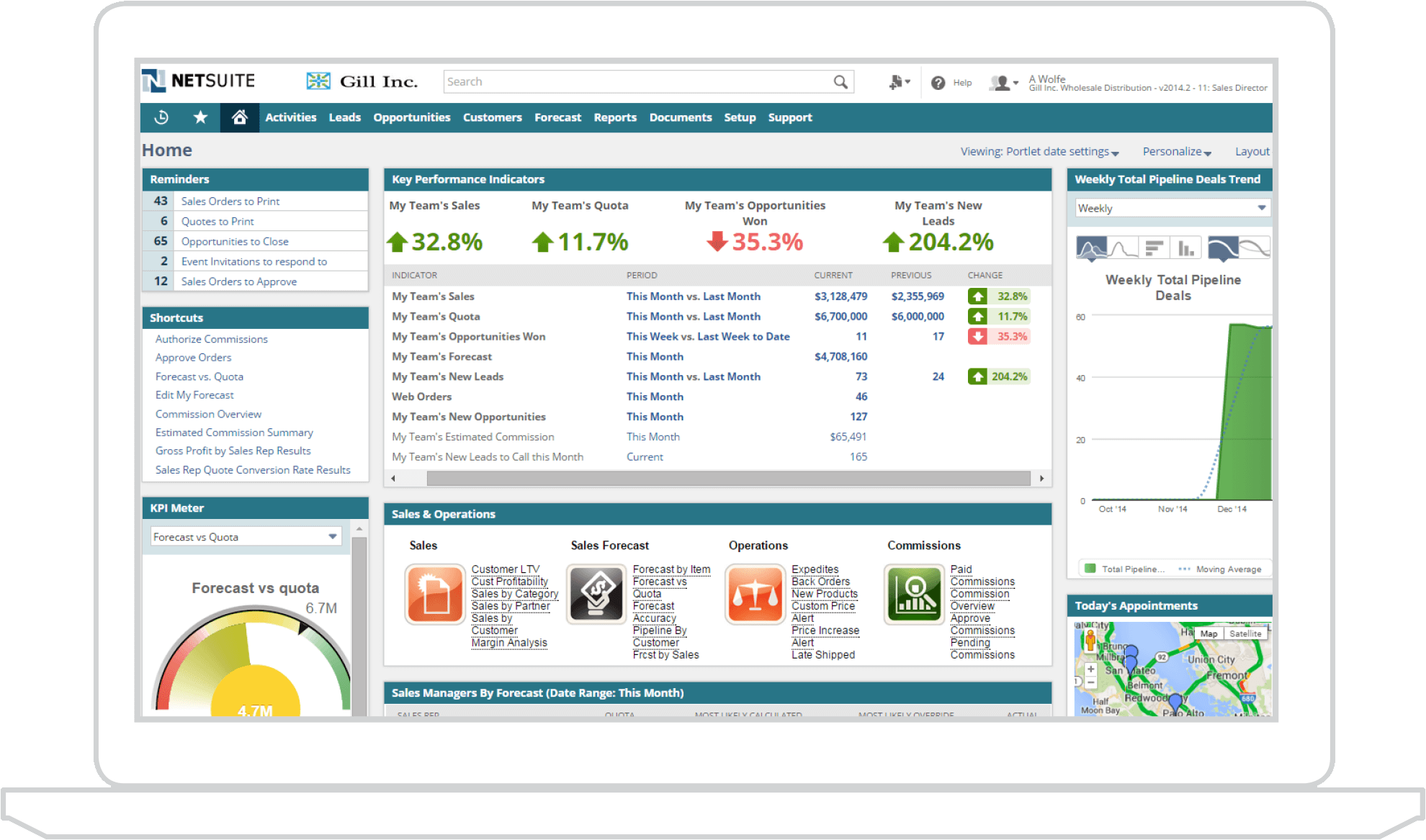
Users to benefit from next-gen ERP solutions
EXISTING enterprise resource planning (ERP) software has a particular linear quality to it. Business has always talked about a customer “journey” and this has led to a concept of a chronological movement of an item or service’s through the business –inquiry through to invoice.
This transactional approach was reflected in the first ERP systems, as far back as the 1990s from, for instance, JD Edwards, Oracle or Baan, where the systems’ roots in MRP (manufacturing resource planning) were clearly apparent.
But thanks at least in part to the proliferation of technology that now plays such an intrinsic part in our lives, for an enterprise to really thrive today, it needs to act with several business models running concurrently. Demands on the enterprise which ten years ago would have seemed extraordinary are every day, now.
Today’s customers’ expectations of everything-as-a-service (XaaS) means that the organization supplying goods or services to consumers and other businesses alike needs to be able to offer products in a subscription model, on an annual stipend basis, as a one-off purchase, as a purchase with optional add-ons, or, any combination of those! It’s what customers, partners, and suppliers expect, and it’s what the enterprise needs to provide.
This situation brings us back to the failings of old-school ERP software. Although the transactional, chronological basis for some commercial activity needs preserving (order – produce – invoice – receive payment – repeat), a good ERP has to reflect the adjustment that its users have to make.
CRMs such as Salesforce are good – very good – at marketing, sales, and services, but are unable to extend customer service levels to the next plateau. Today’s enterprise needs to add, to a system such as Salesforce, the ability to cope with finances (“what’s this charge on my account?”), services (“where are we in the project to date?”) and the supply chain (“when is the shipment due at our distribution center?”).

The next challenge which comes from the demand for different (and ever-changing) parallel business model implementation is the problem of time and talent management. If an organization is to change to offer a new service to its clients, how will that be handled?
Silo-ed HR systems have been employed in the past, but isn’t it a better idea to find an ERP which will spot a customer-driven demand for change, predict its possibilities and then supply the necessary data to allow rapid on-boarding and propose a training schedule? A modern ERP should take these processes in its stride.
A point briefly touched upon in the paragraph above is also a pointer to the capabilities of the ERP software of the future. Where business intelligence has, like HR systems, been a system whose data exists in a separate silo, by integrating BI, and even artificial intelligence (AI) into the ERP, the fluency of operations is increased.
A further challenge which will make CTOs and operations specialists across the enterprise question the suitability of their legacy choices, is the arrival (rather late in the day – typical of governmental bodies’ glacial speeds) of the need to comply with regulations and legislation.
Businesses operating in the US, even in part, need to know about and cope with ASC 606, among a plethora of other national, state and city-level edicts, while enterprises wishing to hold data on but one European supplier, partner or customer needs to be GDPR-compliant. Similarly, businesses with dealings in APAC and especially Australia and New Zealand need be mindful of data breach notification strictures, among others.
Ideally, enterprises are looking for ERP systems which are all things to all users, and clearly, this is never going to be an obtainable goal: you can’t please all the people all the time.
But by using a powerful ERP/CRM which touches every aspect of the enterprise and the customer experience, plus handles suppliers, partners, and employees, and allows customers to interact with the enterprise in a variety of ways (multiple business models required!), the technologically-empowered organization can progress and adapt.
The underlying topology of the available systems is varying: some suppliers offer a cloud-only model, others a hybrid of in-house and/or public cloud implementation. While this particular aspect is of key concern to CTOs especially, the take-homes should be born in mind: systems need to be agile, mobile, easy to use, powerful and as far as possible, be all-encompassing to a degree that will allow rapid change as customers or other business aspects demand.
Here are four suppliers which we at Tech Wire Asia believe could hold the key to the next generation of ERP software solutions, which will empower the next generation of enterprise.
Some suppliers will require the scrapping of legacy systems to make way for their solution. Others will integrate with existing technology, others act as a greater or lesser system’s add-on or extension. No single solution will suit all comers, of course, but with some judicious research, the next ERP system to take your business to the next level may well be among the following:

The new services economy has arrived
The era of static business models is over. The pace of change is now relentless. Today’s customers—in B2C and B2B—expect everything as a service. In response, every business is becoming a services business, blending revenue streams from products, subscriptions, and a wide variety of services.
In this new services economy, speed is the new currency. The businesses that thrive will be those that can swiftly identify new opportunities and adapt to change.
#1 Cloud ERP for the new services economy
FinancialForce is the leading cloud ERP for the new services economy. The only Leader in the G2 Crowd Grid for Professional Services Automation and the #1 ERP on the Salesforce platform, FinancialForce unifies data across the enterprise in real-time, enabling companies to rapidly evolve their business models with customers at the center.
How FinancialForce helps businesses thrive in the new services economy
FinancialForce offers business model agility to help you run your business in entirely new ways and create a flexible, ever-evolving business model; one that adapts to changes in technology, the competitive landscape, and customer expectations.
You can benefit from time and talent optimization to align your business around what matters and easily and quickly deploy resources in the most efficient manner possible.
With predictive insights you can guide your business in the right direction using our predictive intelligence to quickly and securely leverage the wisdom of the crowd to optimize your business outcomes based on leading indicators vs lagging indicators.
For more information please click here.

Infor’s cloud revenues have grown to 65 percent of its total licensing revenue and numbers around 70 million cloud users from its 8,500 customers.
The company’s growth has been supported by an alliance it developed with AWS four years ago. Amazon’s position as the world’s largest supplier of cloud computing has certainly aided Infor’s profile, helping its customers develop reassurance about the uptime and availability of hosted services.
Infor’s software allows a highly bespoke product to be created on industrial scales. The company’s work with Ferrari has enabled the Italian supercar manufacturer to produce every car specific to a customer’s requirements. The overheads of this provision before Infor’s systems’ integration would have been untenable.
The customization options available for Infor’s cloud-based services were commented on by James Hannay, VP United Kingdom & Ireland and Benelux, who said at an industry event, last year:
“We are now riding this wave of demand for cloud. Even the most heavily customized are looking for us to help them move to cloud.”

Despite the concerns of various international competition overseers, Oracle’s acquisition of NetSuite cemented the two companies’ relationship. Larry Ellison of Oracle owns over 40 percent of NetSuite stock, and the companies have always worked closely – the symbiosis between the two was always at least partly inevitable.
NetSuite/Oracle’s market position in the ERP space now boasts 40 thousand customers worldwide. Oracle’s database background is reflected in the technical underpinnings of NetSuite, with a unified data model underpinning all areas of the company’s offerings, from HR to Finance, to back office functions.
NetSuite’s cloud-based interface allows information to be presented on any platform, from the desktop through to connected smartphone – mobile working in today’s connected age has to be a given, for any ERP supplier to be taken seriously.
As a cloud application, it is claimed that as the core system updates, discreet customer configurations and customizations are not affected, as they exist in a discrete layer above the central data system. This means that even customized solutions will not “break” at major update points.
Netsuite/Oracle’s solutions are suitable for businesses of all types; currently, marketing efforts are aimed largely at small to medium businesses. The company’s production management offering, for instance, offers software oversight and management of sales orders to work order processing, routing & scheduling, and product costings.
And the company’s global underpinnings ensure that currency manipulation, timezones and localization according to specific, localized requirements are baked into the offering’s DNA.

Industrial and Financial Systems (IFS) operates two development centers in addition to the one in its native Sweden, in Poland and Sri Lanka. The company has multiple offices across the world and has served industry since the mid 1980’s.
The company’s software ERP figures largely in aerospace and defense industries as well as oil and gas verticals. If a specialism were to be named for IFS’s expertise, it would probably be manufacturing and asset-based industries.
IFS Applications cover almost every aspect of the modern enterprise – the company’s solutions are also held to be suitable for service industries too – including, where appropriate, engineering management, manufacturing, and supply chain functions.
Project planning for any industry is also covered, and the omnipresent need for HR management, accountancy, business intelligence and process modeling is also covered.
IFS’s solutions form a standalone product suite, although there is a high degree of configuration available, which allows system implementation with legacy systems from existing ERPs, right down to humble FTP file-sharing services.
There is also an extensive suite of asset management capability, including fleet management apps, maintenance and B2B contract management for equipment leasing and tracking.
READ MORE
- Ethical AI: The renewed importance of safeguarding data and customer privacy in Generative AI applications
- How Japan balances AI-driven opportunities with cybersecurity needs
- Deploying SASE: Benchmarking your approach
- Insurance everywhere all at once: the digital transformation of the APAC insurance industry
- Google parent Alphabet eyes HubSpot: A potential acquisition shaping the future of CRM
